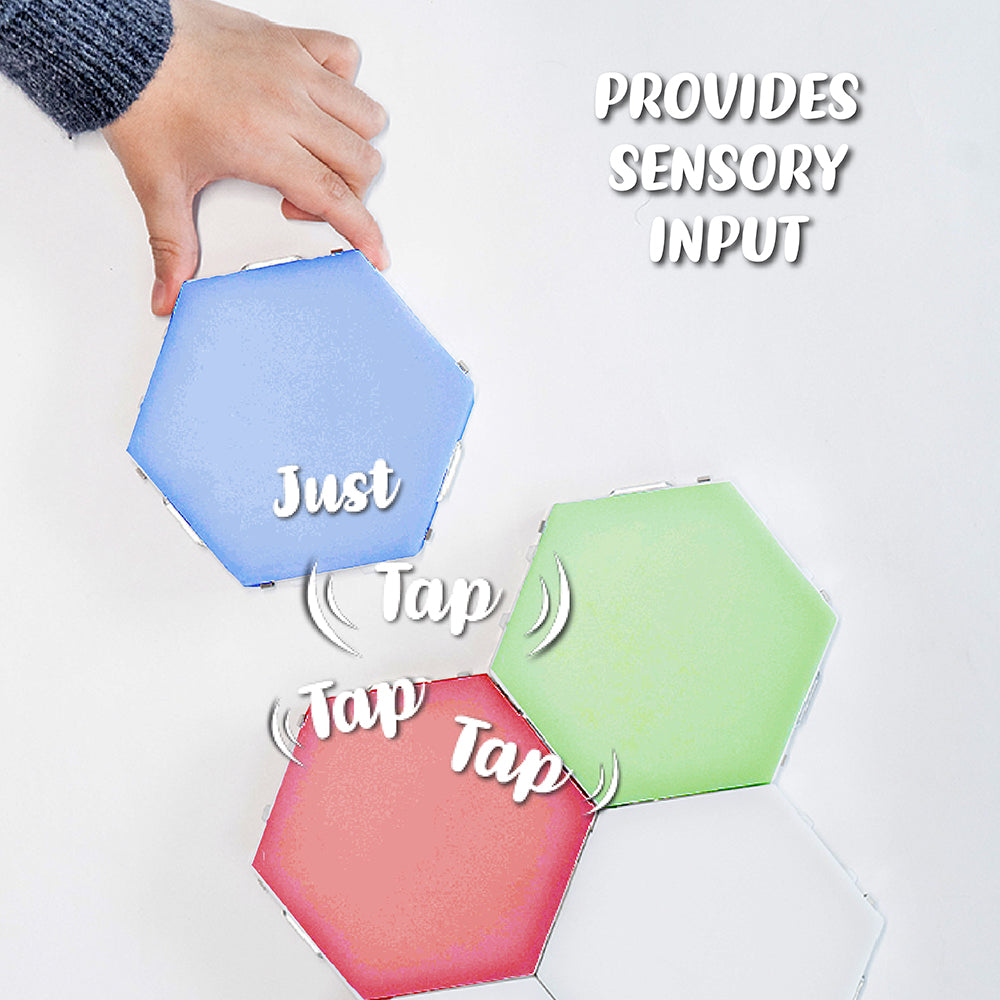
The digital age has brought remarkable advancements, but it has also introduced challenges, particularly for autistic children. With screens becoming an integral part of daily life, finding a healthy digital balance is crucial. Let's explore innovative strategies parents and educators can use to help autistic children thrive in a tech-filled world.
Understanding the Impact of Screen Time
The relationship between screen time and autism is complex. According to
Autism Parenting Magazine, excessive screen time can exacerbate social interaction and communication challenges in children with ASD. However, it's not about eliminating screens entirely but finding a balanced approach.
Adaptive Techniques for Digital Balance
One effective strategy is to create a structured routine. Designate specific times for screen use and ensure they are balanced with other activities. For instance, you can introduce screen-free periods during meals or family time. Gradually reducing screen time, as suggested by the
Marcus Autism Center, can help mitigate withdrawal symptoms and foster healthier habits.
Incorporating Sensory Activities
Sensory activities can provide a wonderful alternative to screen time. Engaging in tactile play, such as using clay or sensory bins, can help autistic children develop fine motor skills and sensory processing abilities. Additionally, outdoor activities like gardening or nature walks can be both calming and stimulating.
 TAP-TAP Sensory Lights
TAP-TAP Sensory Lights offer a fantastic way to create a sensory-rich environment. These lights transform any space into a stimulating and enjoyable sensory room, capturing children's attention and interest with simple taps.
Success Stories: Real-Life Examples
Consider the story of Emily, a 7-year-old with ASD. Her parents noticed that excessive screen time was affecting her sleep and mood. By gradually reducing her screen time and introducing sensory activities like the TAP-TAP Sensory Lights, Emily's parents saw significant improvements in her behavior and overall well-being. Another success story is that of Jake, whose parents used a visual schedule to manage his screen time. By setting clear expectations and incorporating breaks for physical activities, Jake learned to self-regulate his screen use, leading to better focus and engagement in school.
Leveraging Technology Positively
While it's essential to limit screen time, technology can also be a powerful tool for learning and development. Educational apps and games designed for children with autism can enhance cognitive skills and provide a structured learning environment. The key is to choose high-quality, interactive content and monitor usage closely.
Building a Supportive Community
Creating a supportive community is vital for both parents and children. Joining support groups or online forums can provide valuable insights and shared experiences. Websites like
Bright Autism Blog offer a wealth of resources and tips for managing screen time and promoting a balanced lifestyle. Educators can also play a significant role by incorporating sensory breaks and structured routines in the classroom. Collaborating with parents to ensure consistency between home and school environments can further support children's development.
Embracing a Holistic Approach
Ultimately, achieving digital balance requires a holistic approach. It's about understanding each child's unique needs and finding a blend of activities that promote their overall well-being. By incorporating sensory activities, setting clear boundaries, and leveraging technology positively, parents and educators can help autistic children thrive in a tech-filled world. As we navigate this digital age, let's remember that the goal is not to eliminate technology but to use it mindfully. With thoughtful strategies and a supportive community, we can create an environment where autistic children can find joy, balance, and growth.
 The digital age has brought remarkable advancements, but it has also introduced challenges, particularly for autistic children. With screens becoming an integral part of daily life, finding a healthy digital balance is crucial. Let's explore innovative strategies parents and educators can use to help autistic children thrive in a tech-filled world.
The digital age has brought remarkable advancements, but it has also introduced challenges, particularly for autistic children. With screens becoming an integral part of daily life, finding a healthy digital balance is crucial. Let's explore innovative strategies parents and educators can use to help autistic children thrive in a tech-filled world.
 TAP-TAP Sensory Lights offer a fantastic way to create a sensory-rich environment. These lights transform any space into a stimulating and enjoyable sensory room, capturing children's attention and interest with simple taps.
TAP-TAP Sensory Lights offer a fantastic way to create a sensory-rich environment. These lights transform any space into a stimulating and enjoyable sensory room, capturing children's attention and interest with simple taps.










Leave a comment